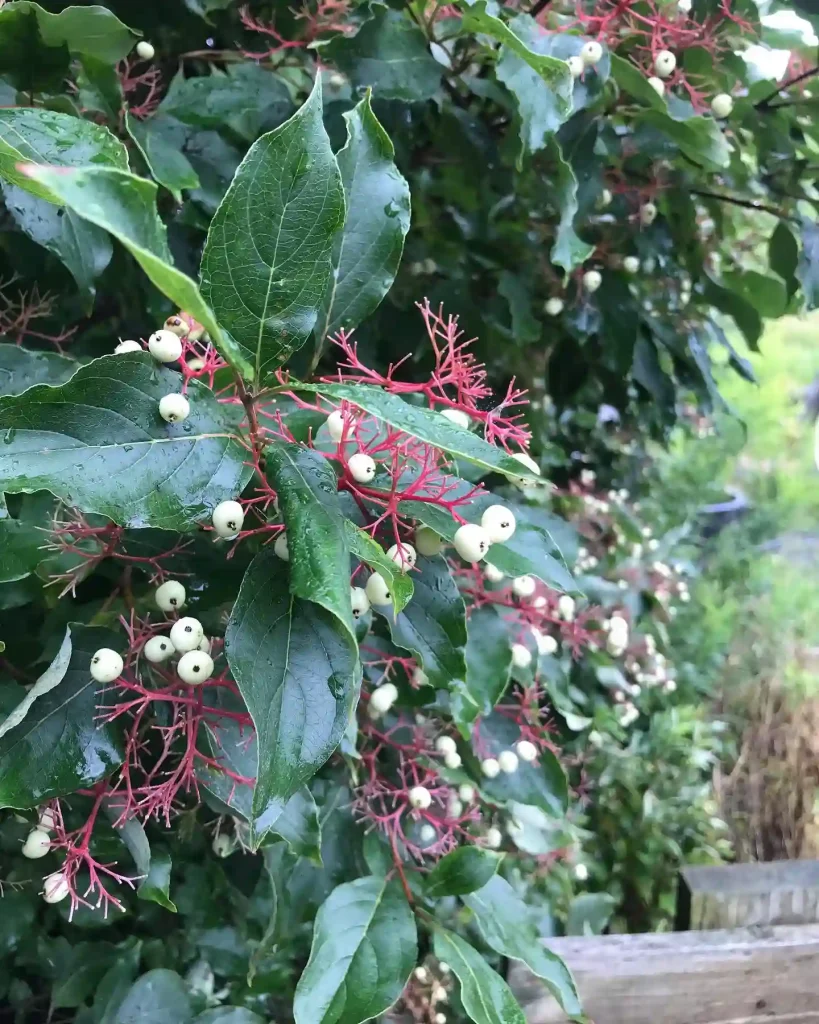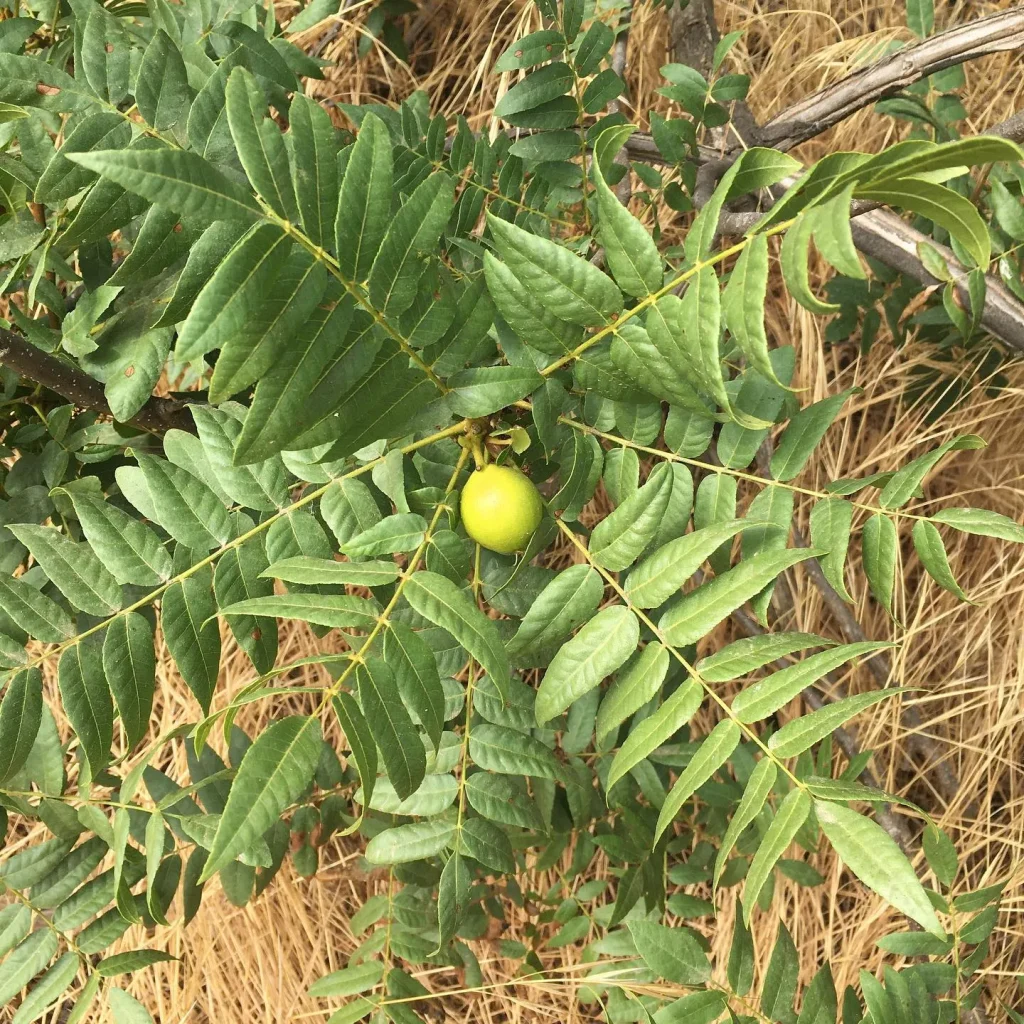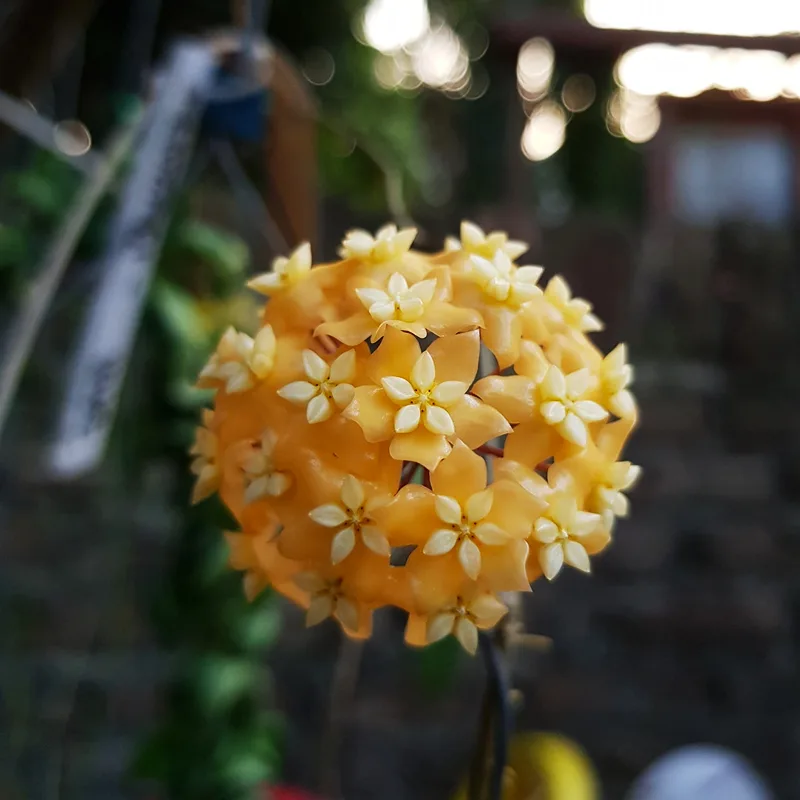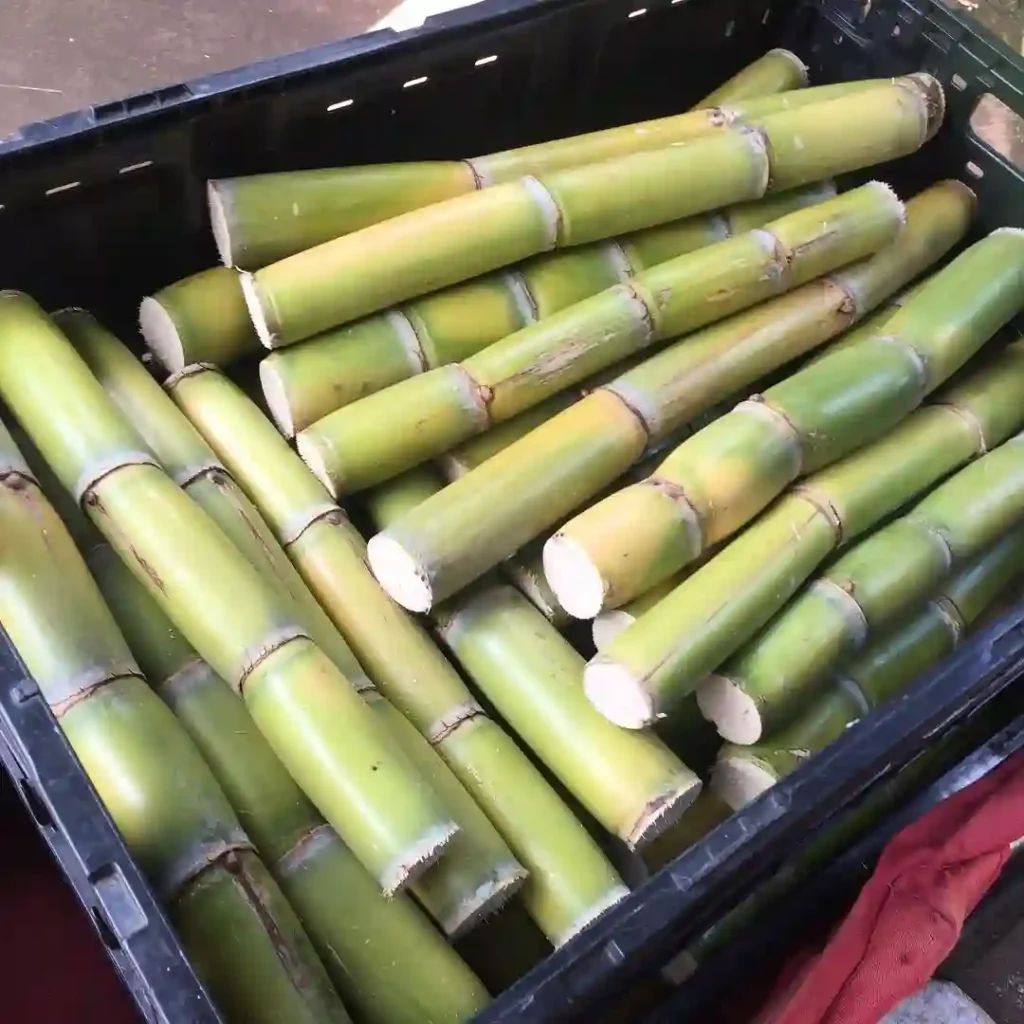A California Dream in My Garden: The Allure of Ceanothus Ray Hartman
For years, I’d craved a splash of California magic in my garden. Not the Hollywood kind, but the kind that evokes sun-drenched hillsides and the heady fragrance of wildflowers. Enter Ceanothus Ray Hartman, a California Lilac that stole my heart with its imposing stature and vibrant blue blooms. But before I eagerly brought one home, there were questions. Could this Californian beauty thrive in my climate? Did it require a sprawling garden, or could it grace a pot on my patio?
73 Species in Genus Ceanothus
When Does Ceanothus Ray Hartman Bloom?
One of the most captivating aspects of Ceanothus Ray Hartman is its blooming season. Unlike many flowering shrubs, it puts on a show in late winter and early spring, bringing a vibrant burst of color to a time when the garden often feels bare. The large, medium-blue flower clusters, reaching up to 5 inches long, are a feast for the eyes, attracting butterflies and hummingbirds with their sweet fragrance.
Can Ceanothus Ray Hartman Be Planted in a Pot?
While Ceanothus Ray Hartman can reach a majestic 15-20 feet tall in the ground, fret not if your garden space is limited. This adaptable beauty can thrive in a pot, making it a perfect choice for patios, balconies, or smaller gardens. Choose a container large enough to accommodate its eventual size, with good drainage to prevent root rot. Opt for a high-quality potting mix specifically formulated for flowering shrubs, and ensure the pot receives plenty of sunlight.
How to Care for Ceanothus Ray Hartman?
Caring for Ceanothus Ray Hartman is relatively straightforward. Here’s what you need to know to keep yours flourishing:
- Sun: This California native thrives in full sun, needing at least 6-8 hours of direct sunlight daily.
- Watering: Water deeply and regularly, especially during the first year of establishment. Allow the soil to dry slightly between waterings. Be mindful of overwatering, particularly in containers.
- Soil: Ceanothus Ray Hartman prefers well-draining, slightly acidic soil. Amend your existing soil with sand or compost to improve drainage if needed.
- Fertilizer: Apply a balanced fertilizer formulated for flowering shrubs once or twice a year, following package instructions.
How to Prune Ceanothus Ray Hartman
Pruning Ceanothus Ray Hartman isn’t strictly necessary, but it can encourage bushier growth and enhance its overall form. Prune after flowering is finished, typically in late spring or early summer. Remove any dead, diseased, or crossed branches. You can also lightly shape the plant to maintain its desired size and encourage new growth.
A Californian Dream Within Reach
Ceanothus Ray Hartman isn’t just a beautiful flowering shrub; it’s a conversation starter. Its unique charm and California heritage never fail to spark interest. With its adaptability to container life and relatively low-maintenance care requirements, this California Lilac can be a dream come true for gardeners of all levels. So, if you’re looking to add a touch of West Coast magic to your garden, consider welcoming Ceanothus Ray Hartman. With a little care, it’ll reward you with years of stunning blooms and a fragrant reminder of California’s sunny charm.
If i die, water my plants!



